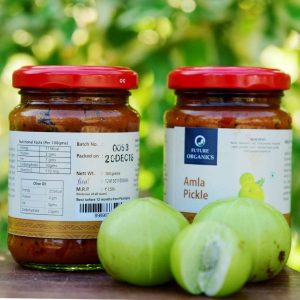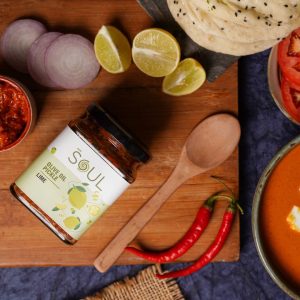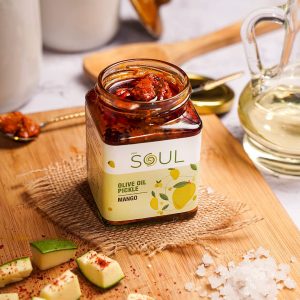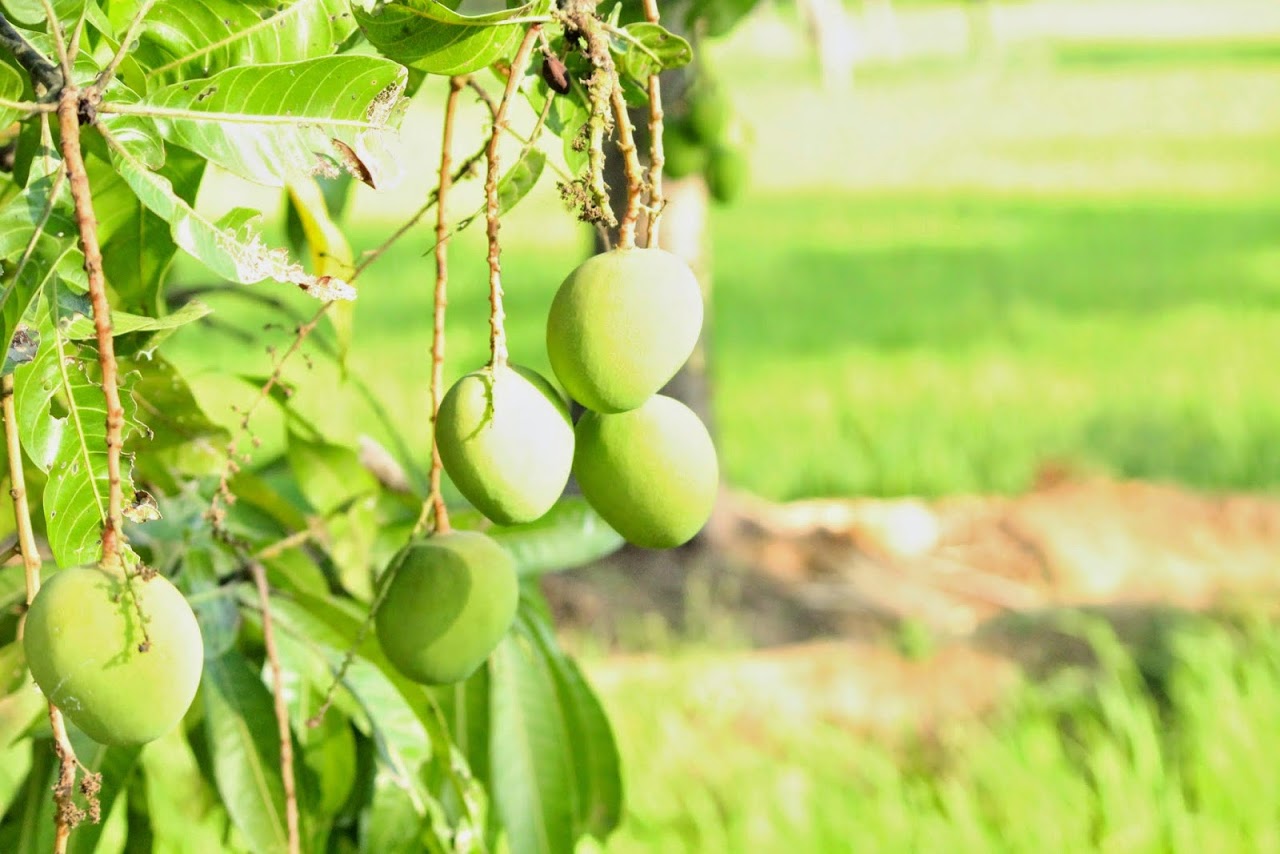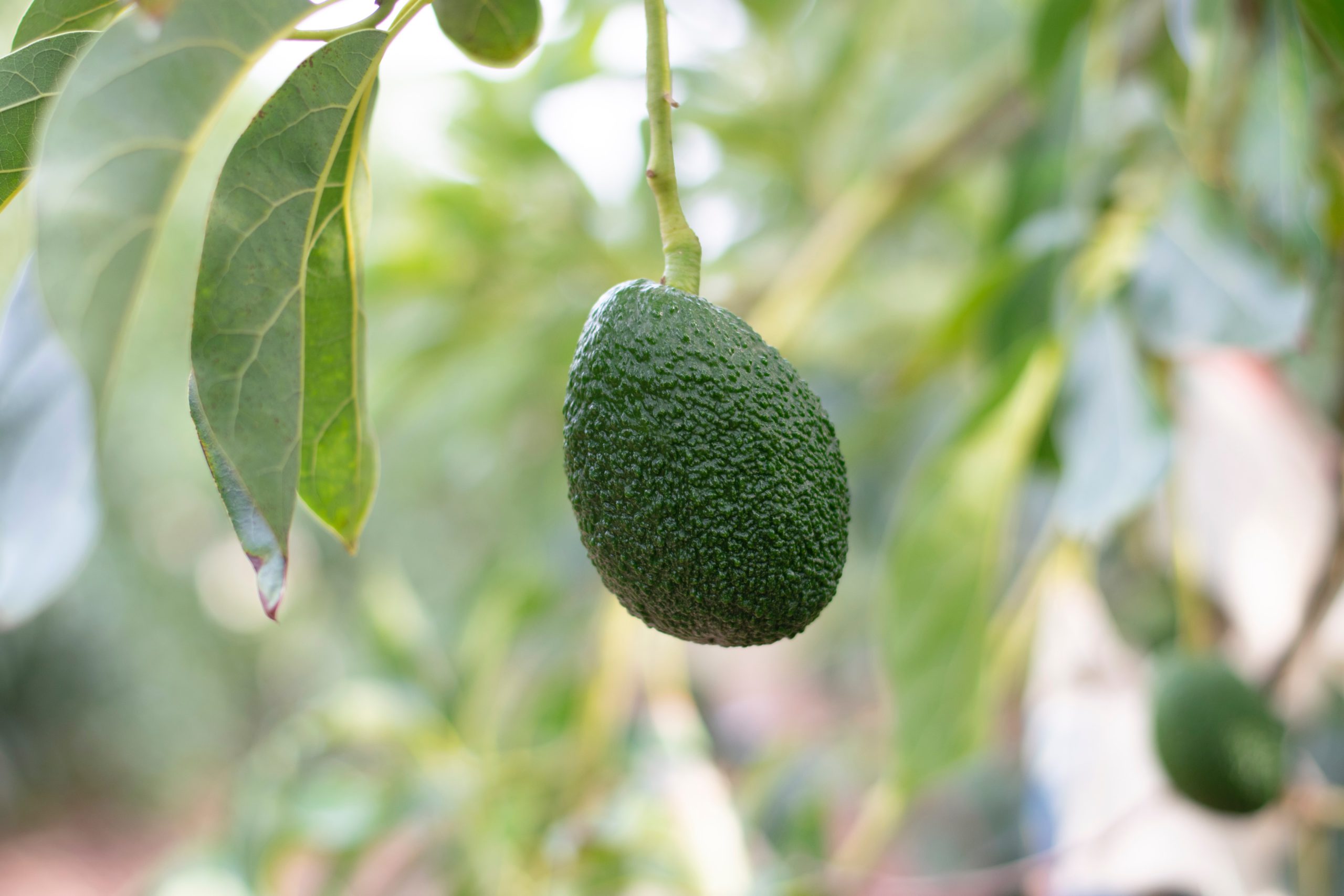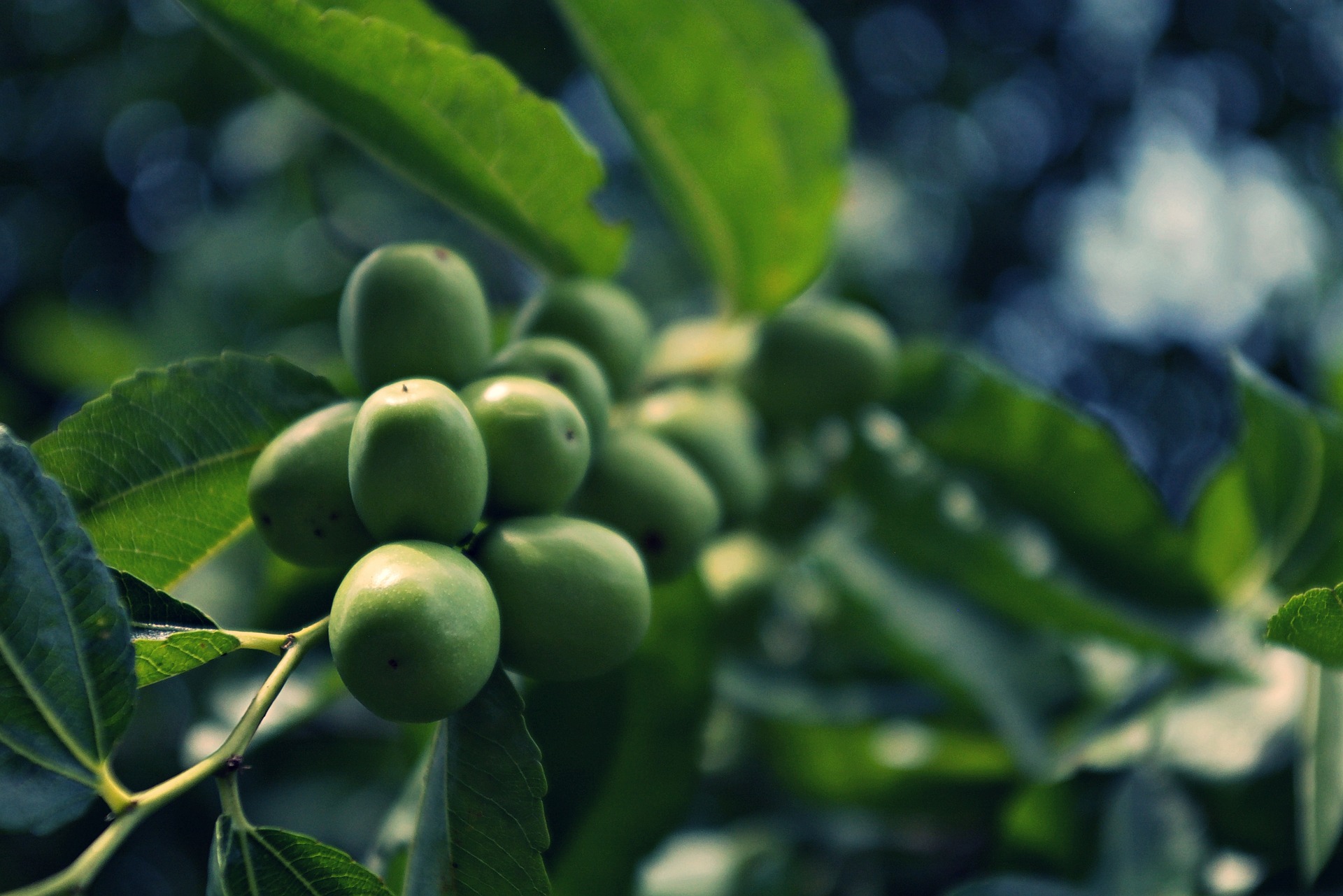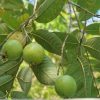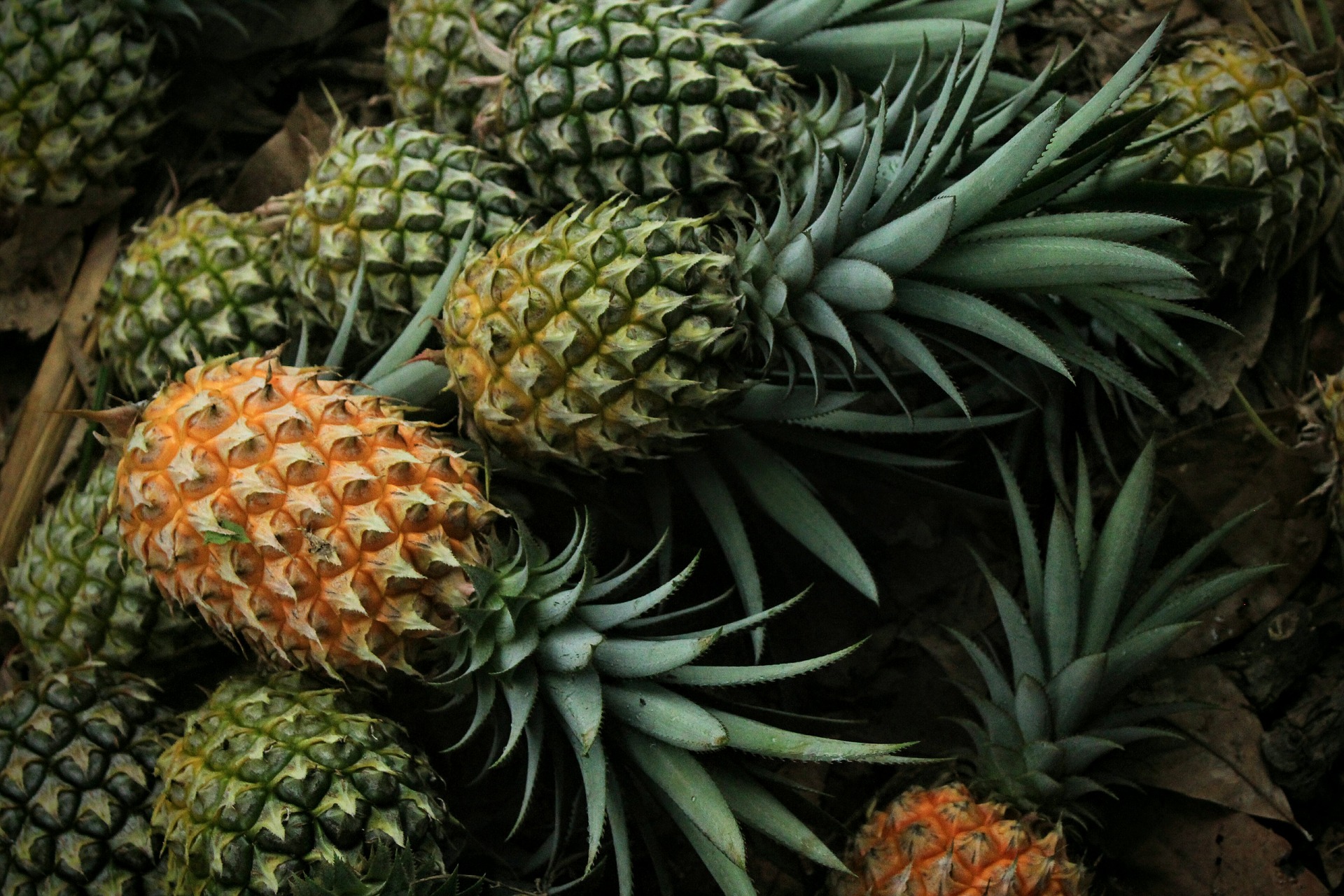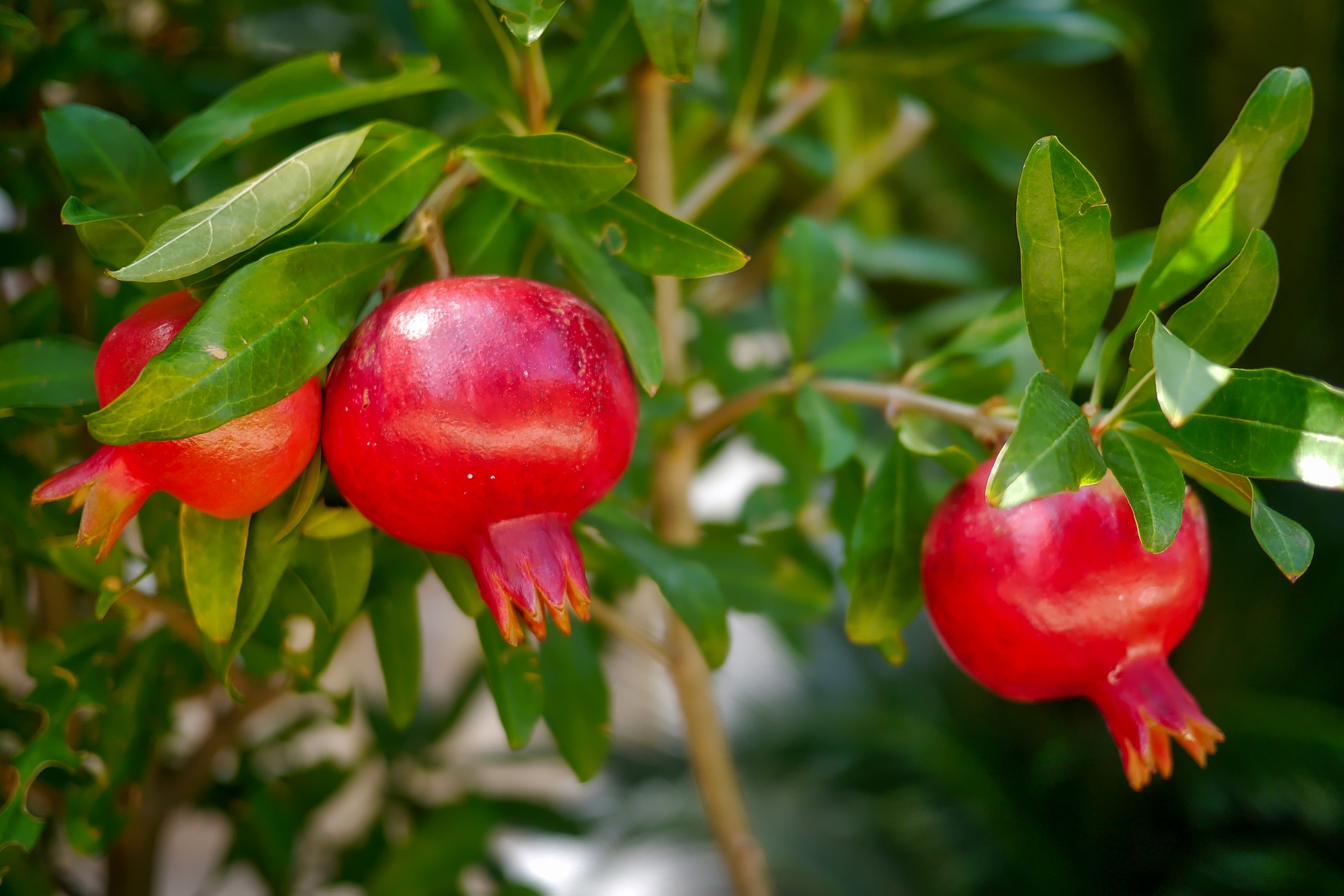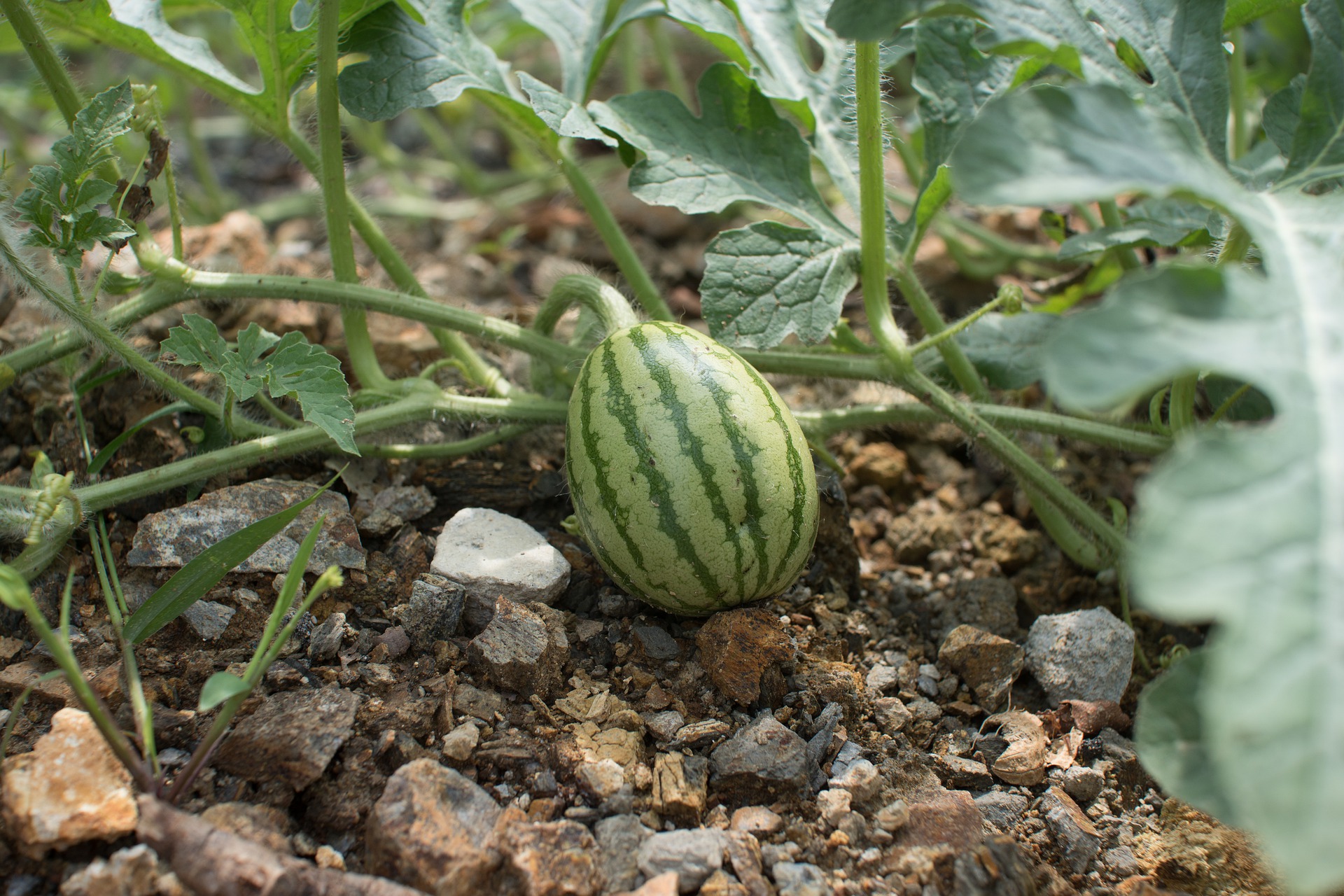Your cart is currently empty!
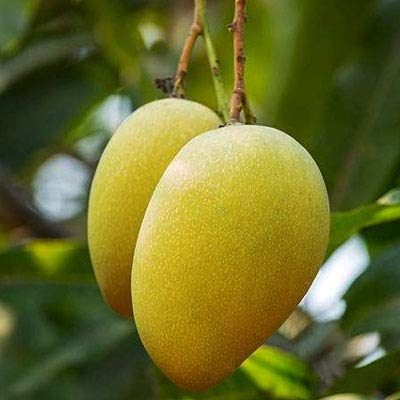
Alphonso Mango Cultivation & Its Commercial Value
Mangoes are a natural crop in india. While mangoes can grow in almost all tropical weather, India is known for its mangoes. From Uttar pradesh to southern india, mangoes of some variety are grown in abundance. Each part of india has a significant variety of mango to its credit. Ratnagiri, is known for its Alphonso Mangoes. While alphonso is grow in other parts of the country, including kerala, tamil nadu, uttar pradesh, andhra and karnataka, the Ratnagiri from the konkan region of Maharashtra has a significant taste , texture and aroma to it.
If mangoes are the king of all fruits, the ratnagiri Alphonso is the Emperor.
Original Ratnagiri Alphonso Mango (Hapus)
The Ratnagiri Hapus could cost you anywhere between 50rs per kilo to Rs.1400 Per dozen. A fruit usually costs Rs.80 per piece in the market when the season begins and could go down to Rs40 per piece or as high as Rs.150 Per piece. While Hapus will be sold to you as ratnagiri Hapus most of the time, chances are that they come from other parts of the country. Its hard to determine the origin of the fruit by simply looking at it. An expert in taste and variety will be able to differentiate between the fruits but a normal person will most likely find it difficult to know any difference.
The taste of a Ratnagiri alphonso mango is sweet with no sourness, but the karnataka Hapus has a slight sour taste. The size and shape of the karnataka fruits are also a bit different. Alphonso from all over the country are different in some ways to the alphonso grown in Ratnagiri. But the question is whether the alphonso from other parts of the country is really bad? Yes and no. Ratnagiri Alphonso mangoes have a GI tag. The taste cannot be matched. It may be the same plant, but in any other part of the country, the taste of the fruit will be different.
Today most of the mangoes which come into the mumbai market as Ratnagiri mangoes are usually from karnataka. Most consumers are not aware of it and traders push these mangoes to retailers at a lower cost. Karnataka also has the advantage of weather, where mango harvesting starts a bit earlier than in the Ratnagiri region. The crops in Karnataka also flourish, with high yield. The flood of Karnataka hapus in Mumbai market eclipse Original ratnagiri mangoes for weeks before the original hapus arrives.
So, How do you know if the mangoes are really Aphonso from ratnagiri or devgad? It all comes down to smell and taste. Ratnagiri and devgad alphonso mangoes have a distinctive smell which is evident when ripe. Unlike the alphonso variety which is grown elsewhere, these alphonso mangoes are extremly fragrant. While you may have to bring a ripe alphonso mango from other parts of the country very close to your face to smell it and often touch your nose to get the fragrance of the mango, ratnagiri alphonso mangoes have a good fragrance from a feet away. You can smell the mango when its ripe .
Artificially ripened mangoes also have the problem with smell. They do not have the fragrance of a naturally ripened mango. Naturally ripened mangoes are softer on touch and gives in when pressed. With artificially ripened mangoes, even if they are genuinely ratnagiri and devgad mangoes, they lack the soft feeling when ripe and are void of the fragrance.
Areas with the best Alphonso Mangoes in India
The best Alphonso mangoes in India are primarily grown in the coastal regions of Maharashtra, especially in the districts of Ratnagiri, Devgad, and Sindhudurg. These areas are renowned for producing the finest and most sought-after Alphonso mangoes.
The unique combination of the region’s climate, soil, and geographical location contributes to the exceptional flavor, sweetness, and quality of the Alphonso mangoes grown here. The warm and humid climate, along with cool nights during the flowering and fruit-setting period, creates an ideal environment for the mango trees to thrive and produce superior fruit.
Farmers in these coastal regions have been cultivating Alphonso mangoes for generations, using traditional and sustainable agricultural practices. The fruit from these areas has earned a Geographical Indication (GI) tag, highlighting its distinctiveness and premium status.
The popularity of Alphonso mangoes from Ratnagiri, Devgad, and Sindhudurg extends not only within India but also in the international market. People from different parts of the world eagerly wait for the Alphonso mango season to savor the delightful taste and aroma of these exquisite mangoes.
The reputation of these areas for producing the best Alphonso mangoes has made them a preferred destination for mango enthusiasts, making the mango orchards and farms a significant tourist attraction during the harvest season.
FAQs (Frequently Asked Questions) on Alphonso Mango Cultivation in India
Q: What is the Alphonso Mango?
A: Alphonso Mango, also known as the “King of Mangoes,” is a premium and globally renowned variety of mangoes. It is loved for its unique sweetness, rich flavor, and vibrant golden-yellow color.
Q: What are the ideal climatic conditions for Alphonso Mango cultivation in India?
A: Alphonso Mango thrives in a tropical and subtropical climate. It requires a hot and dry summer season for flowering and fruit setting, followed by a cool and dry winter to induce flowering. The temperature range of 24°C to 30°C is ideal for its growth.
Q: Which regions in India are suitable for Alphonso Mango cultivation?
A: Alphonso Mango is primarily cultivated in the western and southern regions of India. The coastal areas of Maharashtra, particularly Ratnagiri, Devgad, and Sindhudurg districts, are renowned for producing the finest Alphonso Mangoes. Additionally, parts of Gujarat, Karnataka, and Goa also cultivate this variety.
Q: What type of soil is suitable for Alphonso Mango cultivation?
A: Alphonso Mango thrives in well-drained, sandy-loam soil with good organic content. The soil should have a pH level ranging from 5.5 to 7.5. Proper soil drainage is crucial to prevent waterlogging, which can be detrimental to the mango trees.
Q: How is Alphonso Mango cultivated? Is it a tropical or subtropical fruit tree?
A: Alphonso Mango is a tropical fruit tree that is typically propagated through grafting. It is cultivated in orchards where the trees are planted at a distance to allow proper sunlight exposure and air circulation. Pruning and regular maintenance are essential to ensure healthy tree growth and fruit production.
Q: What are the important practices for pest and disease management in Alphonso Mango cultivation?
A: Common pests in Alphonso Mango cultivation include fruit flies, mango hoppers, and shoot borers. Diseases like anthracnose and powdery mildew can also affect the trees. Integrated Pest Management (IPM) techniques, like pheromone traps and biopesticides, are employed for pest control. Proper sanitation and spraying of fungicides help in managing diseases.
Q: How often should Alphonso Mango trees be irrigated?
A: During the initial years, young Alphonso Mango trees require regular and adequate irrigation to establish a strong root system. Once mature, they can withstand dry periods, but irrigation is crucial during flowering and fruit development stages for better fruit set and quality.
Q: When is the harvesting season for Alphonso Mangoes?
A: The harvesting season for Alphonso Mangoes typically begins from late February to early June, depending on the region and climatic conditions. The mangoes are plucked by hand when they reach their optimum maturity and sweetness.
Q: What are the post-harvest practices for Alphonso Mangoes to maintain their quality?
A: After harvesting, Alphonso Mangoes should be carefully handled to avoid bruises. They are packed in ventilated crates to allow proper air circulation and prevent moisture buildup. Cold storage at the right temperature helps extend their shelf life.
Q: What makes Alphonso Mangoes special and sought after in the global market?
A: Alphonso Mangoes are prized for their superior taste, aroma, and creamy texture. They are favored by connoisseurs and used in various culinary delights, including desserts, beverages, and chutneys. Their exclusivity and limited availability during the short harvest season add to their desirability in the global market.
Recent Categories
Recent Posts
Post Archive
Category Tags
There’s no content to show here yet.
